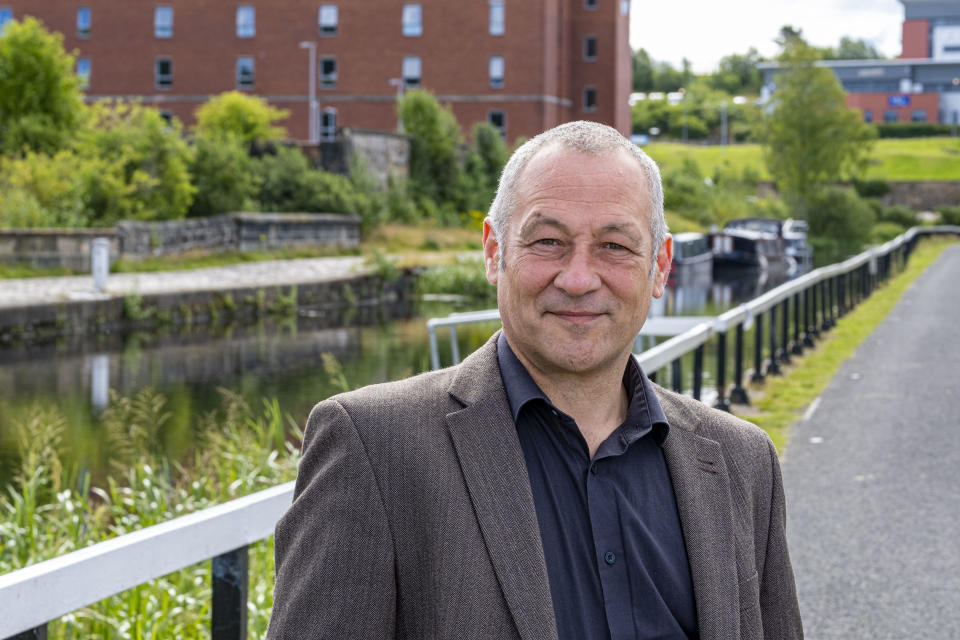Living near canal can cut risk of chronic disease, study finds
People living in areas of high socioeconomic deprivation can cut their risk of developing certain chronic diseases by up to 15% if they live within 700 metres of a well-developed canal, according to new research.
The study, by scientists at Glasgow Caledonian University (GCU), examined medical records of about two million people living in the city.
They then took a closer look at the records of 137,032 people living within 1,400 metres of the Forth and Clyde Canal in the more deprived areas of the north of the city.
Researchers found residents in these areas that were within 700 metres of the newly-regenerated canal had a 15% lower risk of suffering from cardiovascular disease, stroke or hypertension.
Living near the waterway also lowered their risk of diabetes by 12% and obesity by 10%.
Dr Zoe Tieges, a SMART Technology Centre research fellow at the university and the lead author in the study, said: “On the whole, these findings suggest that residential exposure to blue infrastructure was associated with a lower risk for non-communicable diseases in the most deprived areas.

“We concluded that exposure to canals could be used to mitigate urban health inequalities.”
Neglected and decaying following its closure in 1963, the Forth and Clyde Canal was for decades a place to be avoided.
But after it was reopened in 2001, it became part of the £83.4 million Millennium Link Project – a major programme set up to redevelop the north of Glasgow, which also saw the construction of the Falkirk Wheel and The Kelpies.
Major ongoing projects along the Forth and Clyde Canal include the £12.8 million Stockingfield Bridge in north Glasgow, which is expected to be completed this year.
Dr Tieges added: “Before the regeneration, the canal was a dump and depressing, but now people are enjoying interacting with nature, getting more exercise and socialising more.”
She pointed to events like the Canal Festival and venues along the canal which have helped develop a sense of community such as the Whisky Bond, which was originally built as a bonded warehouse for Highland Distilleries in 1957 but now offers studios, offices and social spaces including the Glasgow Sculpture Studios.

Sebastien Chastin, professor of health behaviour dynamics at the university who was a lead investigator in the research and secured funding from The Data Lab for the study with the help of Scottish Canals, said the findings show being near blue spaces can make people healthier.
Catherine Topley, chief executive of Scottish Canals, celebrated the positive impact of regenerating waterways, adding: “Our canal network in Scotland consists of 140 miles of linear waterways that flow through some of the country’s most challenged areas.
“Given that 1.5 million people in Scotland live near inland waterways, the research’s potential to reduce inequalities and improve the lives of millions of people, not only in Scotland but throughout the world, is evident.
“All we need to do now is utilise it to influence investment decisions.”

 Yahoo Movies
Yahoo Movies 
